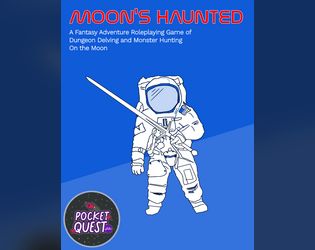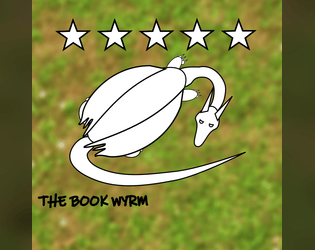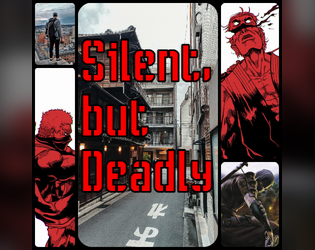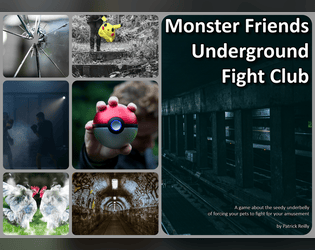if you roll two numbers that don’t match one of your mice, you can force one of your opponent’s mice to act - move one out of position, make them initiate a wrestling move they’ll lose, etc.
Metal Ostrich Games
Creator of
Recent community posts
I had a similar idea I was working on to yours, Simone, although mine was mechs. It was going to be kind of a Battleship set up, where you cut the postcard in half and folded it up, so you each had a little cockpit dashboard set up, and was kind of a secret dice placement to allocate points to different systems.
I didn't come up with it until the last week of the jam and by then I didn't have time to mock anything up.
I like Bun Fight, Vijil! I am increasingly into the idea of command friction, and not being able to control your whole force at once.
I think I have figured it out... So you start by placing obstacles on the board, not touching each other, so there is one block on each horizontal and vertical line of the L-shaped track, kinda like Sudoku rules.
Then each turn you place another block (2x1 this time) somewhere on the board or move a block that has already been placed.
Then both players pick a direction and move both their races as far as they can until they hit something.
Is that right?
Really great job!
One wrinkle that I think could add a lot of strategy and complexity to the game is limit the Upgrades so any given player cannot have upgrades that total more than their total tech level. As I read it currently, the total tech level only limits when they can buy the upgrade. The way (as far as I understand) it works now, the players will tend to homogenize as they trade upgrades but don't lose them.
Although that removes the incentive to trade a bit, as you can no longer trade a player for an upgrade you can't develop yourself. hmm....
- Correct Ninjas can't be seen when in terrain. The intention is they don't cross line of sight while moving from terrain to terrain (think jumping from rooftop to rooftop or tree to tree), because they can only kill a guard by being in a lane they still have to expose themselves to danger in order to kill. That may be an interaction to look at for a revised edition.
- Guards can move in whatever direction the Opposition player wants. Picking a facing at the end of the move is meant to let the Opposition block off safe ninja movement paths.
- There can be any number of guards at an intersection, so for ease and clarity, it is best to make the intersections large enough to have guards back to back so they have clear sightlines.
- With terrain, I based it on the assumption of Infinity levels of terrain. Different sized squares works good, and adding some more organic shapes can create more dynamic lanes. I think a good rule of thumb is to fill as much as possible, with three way intersections leaving some blindspots. On my playtest board, there were 22 rectangular terrain pieces, with about ~32 intersections.
Honestly, the board should probably be a bit bigger. Or using smaller scale models, like 15mm or something.
Thanks for the comment!
There's definitely a handful of places a second draft of this could update.
Honestly, the unconsciousness mechanic is there at least partially as a workaround - i didn't have the space to work out human vs mon combat.
The thug class was a half-baked idea - i felt like it would be too easy to knock them out otherwise. The low innocence also makes it harder to win the game, since the sponsorship deal for the highest innocence character is a big payout at the end.
To me, Redesigning Failure opened up the question: can there be times when failure is preferable?
In this game, I wanted to give players the option to play toward failure. Everyone wants to be the spunky, heroic kid monster trainer, who overcomes every obstacle through the power of friendship. But if you fail at that, you can at least try to overcome every obstacle through ruthless cynicism.
Having high innocence is a powerful bonus, but some of the most interesting effects happen if you fail your Innocence checks.







